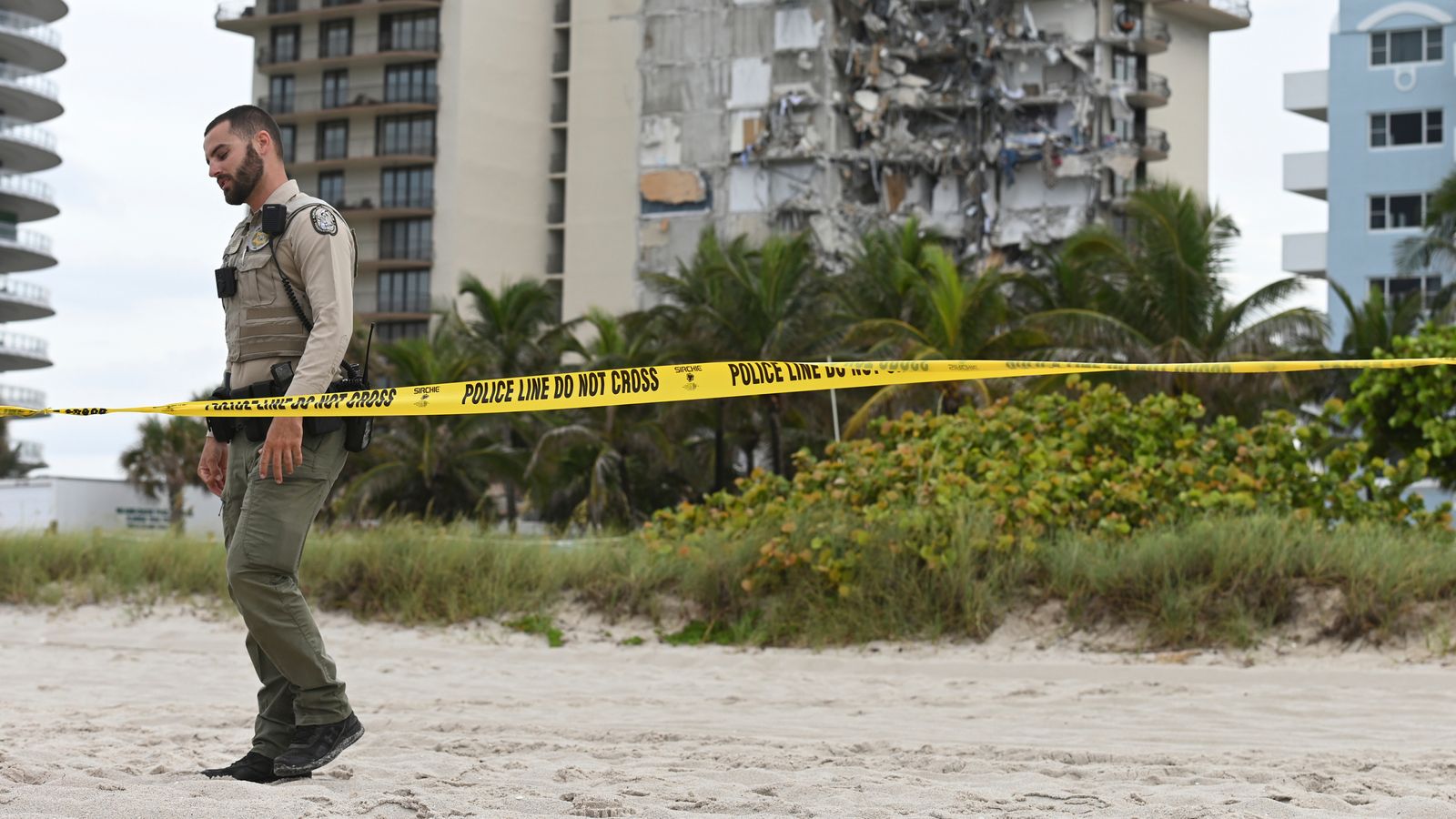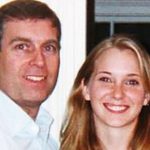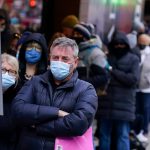Surfside is a town of 6,000 people around seven miles north of Miami Beach and, as the name suggests, the beach is the focus of life here.
British woman Bhavna Patel, one of 99 people still unaccounted for, chose to move to the Champlain Towers with her young family because of the beautiful view of the white sands and Atlantic Ocean.
“They were angels,” their close friend Vishal Abash told Sky News, “and now maybe God has come to reclaim his angels”.
On Thursday, Surfside’s usually quiet community centre was repurposed to cope with the fallout of a major disaster.
It has become a reunification centre for friends and family of the missing and it is a scene of utter desperation.
The families of around 40 to 50 of the unaccounted for were gathered together, some too overcome with emotion to speak, others sharing stories of their relatives.
A few expressed frustration with what they perceive as a lack of updates from the authorities about the search and rescue efforts.
“We’re hearing more from the media than the authorities,” said one man, whose nephew is missing, “but we’re keeping hope until we’re told otherwise.”
Video released by the Miami Dade Fire and Rescue department showed a rescue team accessing a car park underneath the building, wading through water.
Please use Chrome browser for a more accessible video player
They had been using sniffer dogs and sonar equipment in an attempt to detect signs of life.
With the debris so dense above ground, they changed tack and began trying to access the wreckage from below, seeking out voids where survivors could be located.
Please use Chrome browser for a more accessible video player
The cause of the disaster is yet to be determined, but speculation abounds here.
A researcher at Florida International University said the apartment block, which was built on reclaimed wetlands, was determined to be structurally unstable a year ago.
Shimon Wdowinski, a professor in the Department of Earth and Environment, says he identified in a study in 2020 that the building had been sinking by 2mm a year in the 1990s, changes which could impact the stability of its foundations, although he noted that rate could have accelerated or slowed in the intervening period.
His report was being read by families of the missing gathered in a reunification centre minutes from the site of collapse.
One man, whose aunt and uncle lived on the 10th floor of the tower and were still missing late on Thursday night said: “They wouldn’t have moved in if they’d known it was in any bit unsafe.”
More than 24 hours after the building collapse, this close-knit community is rallying round to support those caught up in this awful tragedy, hoping that daybreak may bring more positive news.






















